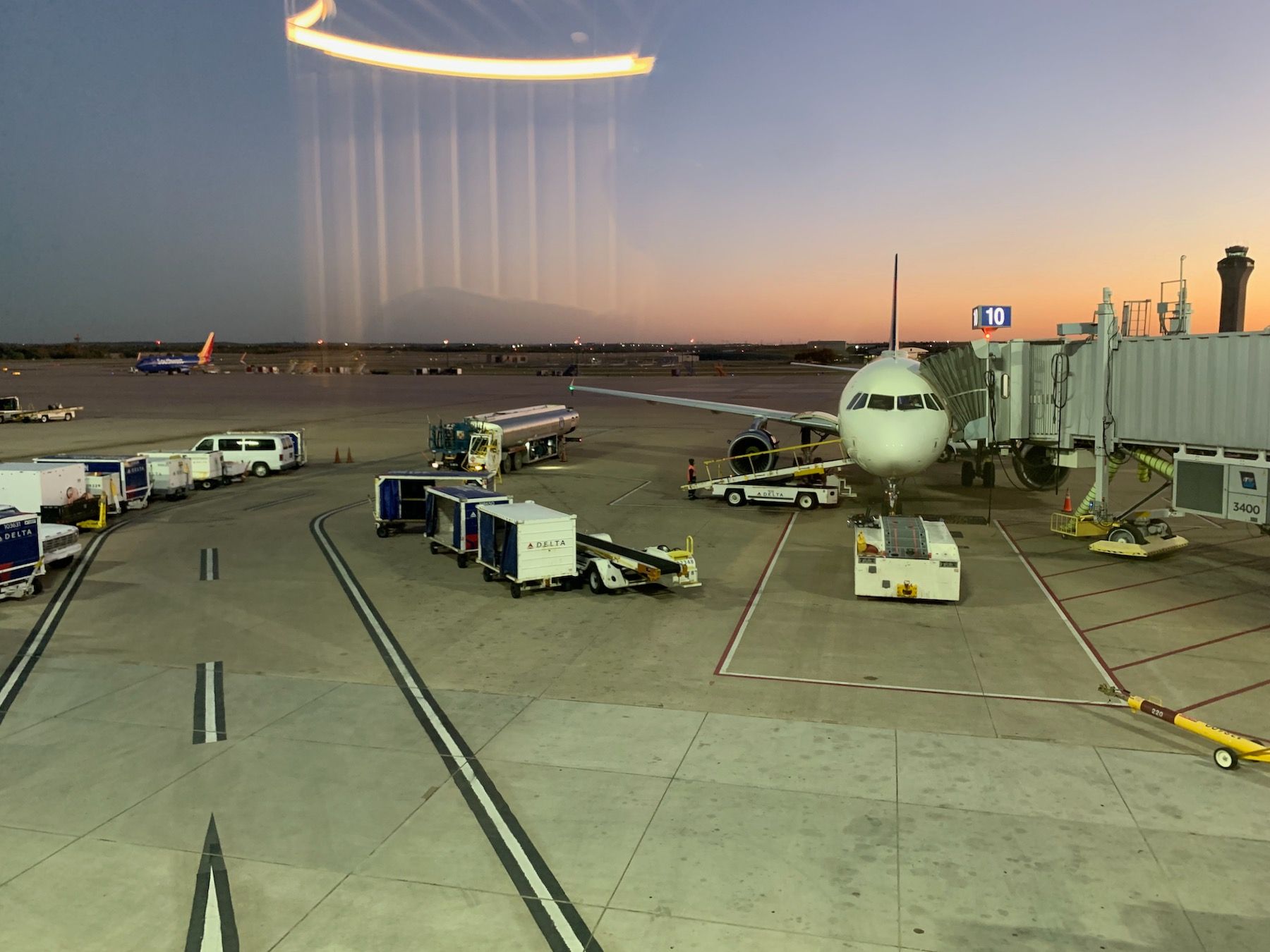I’m currently writing about my experience as a student in Building Beauty, a two-semester architecture program based on Christopher Alexander’s The Nature of Order.
Weeks 8 & 9. Coming to you in-flight today, on my way back from spending time with Julia’s family in Austin for Thanksgiving. I’ve been at full capacity these last couple of weeks, working to get the novel across the finish line, recording a couple end-of-year podcast episodes, and trying to keep up with all my homework for this architecture course. Our furniture projects are due tomorrow and I have some late-night sawing and gluing to do. This coming week, I hope, I’ll be able to catch my breath.
With all that in mind, I want to tell you about the one class in my program that I’ve only briefly talked about in these letters – our Self and Wholeness class.
I’d mentioned at the start that Self and Wholeness was going to be about the perspectival and participatory knowledge that complemented the book-learning and hands-on studio work. Admittedly, I wasn’t totally sure what this would actually look like, but after these nine weeks, I’d say that it’s about embodying beauty – recognizing what a beautiful object, artifact, or space feels like in our bodies.
For our first weeks’ assigments, we were tasked to spend significant amounts of time – at least two hours – in spaces that we felt to be life-bringing and life-destroying (while still safe). We were to do little more than notice how we felt in that space – not even writing or journaling, until the time was over. I ended up choosing my neighborhood park and a courtyard cafe at the Detroit Institute of Arts for the “alive” spaces. For the “dead” space, I picked the basement of our house, the same one that flooded three times last year (since cleaned up everything up, but by no means a pleasant space to spend tons of time in).
Through our discussions afterwards, we discovered that though we all chose different spaces to visit, our alive and dead spaces all shared many of the same qualities, both in the characteristics of the space (stillness and shelteredness, or lack thereof) and what they brought out in us. Several of us, including me, commented on the feeling an expanded awareness, and a sense of timelessness – of being both outside of time and still connected to it – when in the “alive” spaces.
I started to see a biological, evolutionary logic for Christopher Alexander’s ideas around beauty and wholeness. In my head it went something like this:
- We evolved over time to favor environments that would be conducive to life and survival.
- Those kinds of spaces – say a cave where one’s sheltered from the elements and protected from many sides – elicit emotions related to well-being; we recognize them to be beautiful.
- Those spaces have identifiable structures and geometry (Alexander’s Fifteen Properties) and we still respond, on a whole-body level to that geometry.
- The feeling of beauty then, in our bodies, is not as subjective as we think it to be. It has value, in the philosophical sense; a space we feel to be more beautiful is also more supportive of life.
I soon learned that these weren’t particularly novel ideas. Nikos Salingaros, Alexander’s frequent collaborator and one of our program’s guest faculty members, has written extensively on the mathematic and geometric nature of beauty. Antonio Damasio, who we later read in class, has also written plenty on the role of emotion and feeling in our bodies, and their connection to how our brains evolved. We also read Iain McGilchrist’s The Master and His Emissary, which … I’ll have much more to say about in a future letter.
As I type all this, I find that words are lacking. It’s much harder for me to tell you about what happens in my Self and Wholeness class compared to the others, because it’s not as easily transmissible knowledge from a book, nor is it externally visible through process photos like my studio projects. But I guess that’s the whole point.
So my recommendation here is just to do the exercise yourself. Sometime in the next week, set aside a couple of hours to spend time in a place that makes you come alive. Do nothing there aside from observe how you feel. And at the end of the two hours, take notes on your experience.
If you end up doing the exercise, feel free send your notes my way. I’d love to read them!
